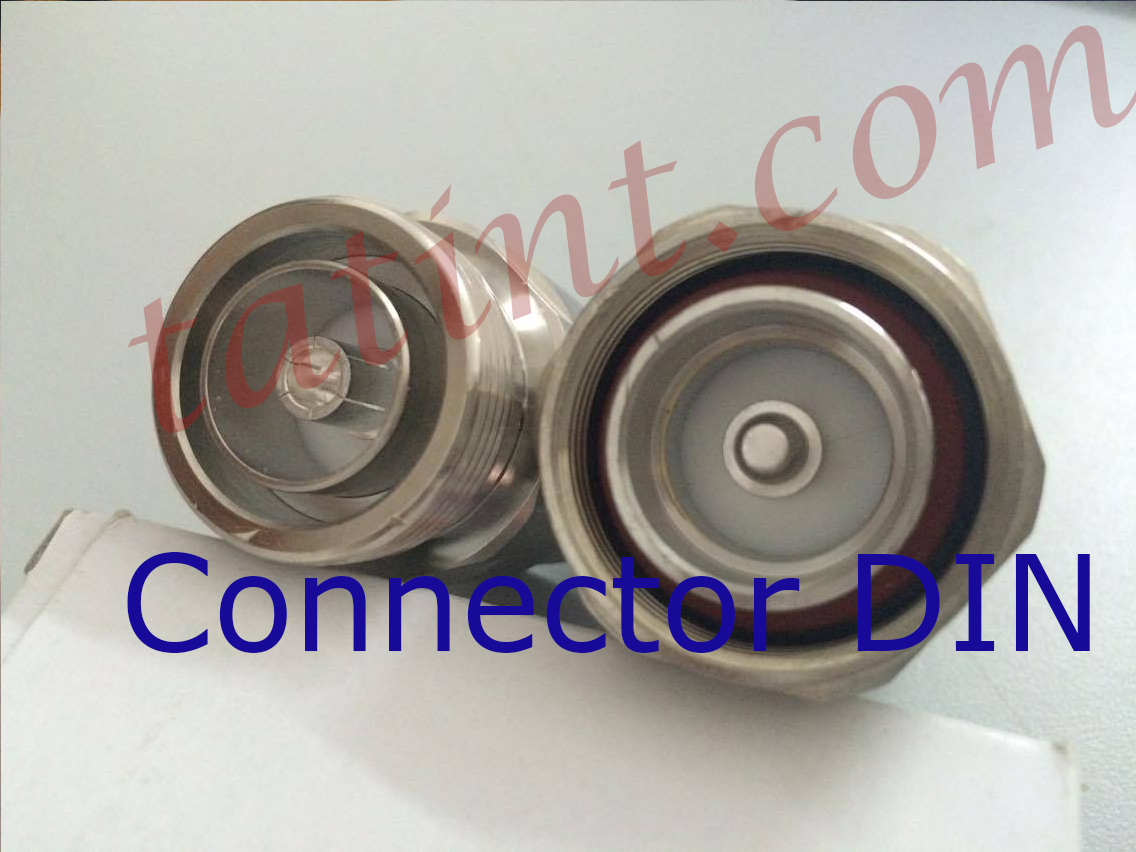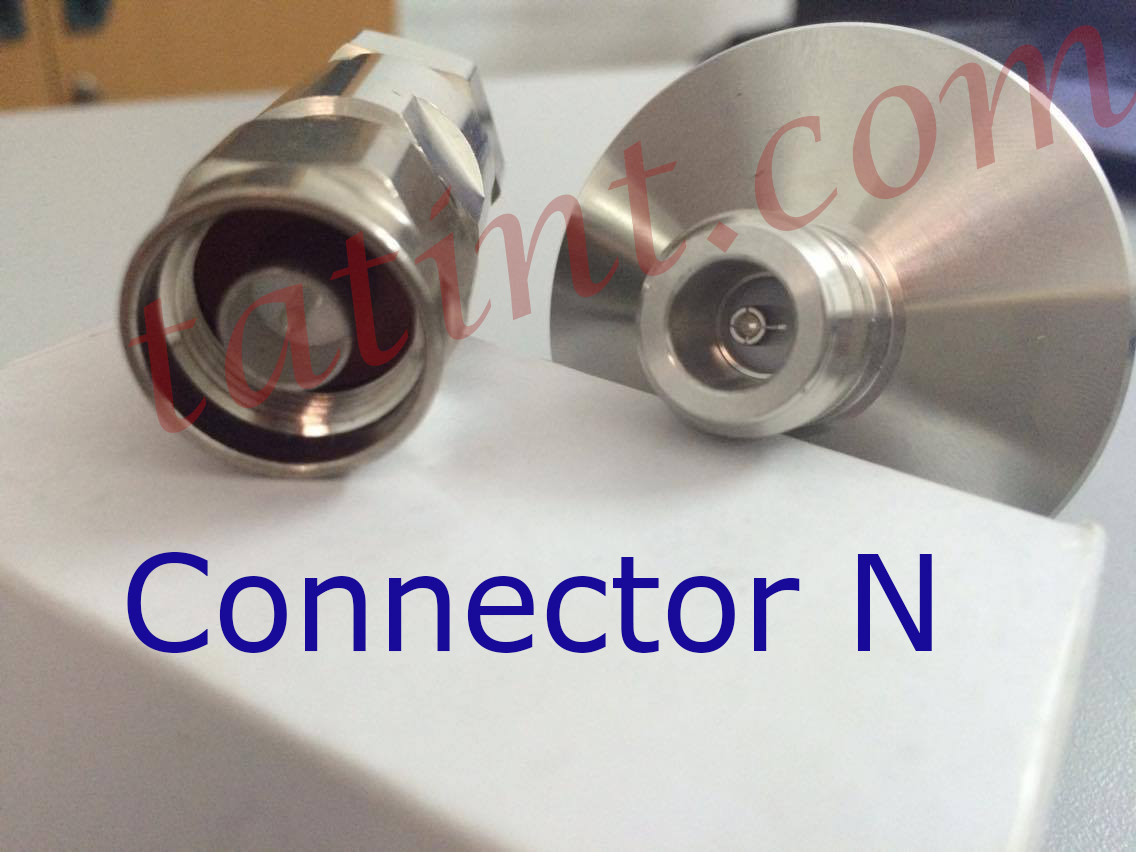The differences between DIN Connectors and N Connectors (Continued Part 1)
DIN Connectors have high usage efficiency; they are used in the connections of mobile communication transmission, mobile radio transmission and in the applications having lower frequency. N Connector is used more commonly. Let’s find out the differences between these two types of connector right below:
If you haven’t read part 1 yet, please read here (you should read part 1 before reading part 2)
7/16 DIN Connections are used with high power RF transmission line. The Radio manufacturers have been using 7/16 DIN in the applications such as Base Station Mobile Transmitter, at the output of amplifier and combiner. Besides, the interface of N type is commonly used to obtain the channels with low average authority. 7/16 DIN Connectors have been using for the output interface of antenna, used in high capacity of two-way radio applications, for instance, paging and specialized mobile radio digital (SMR).

Another difference between DIN and N Connectors are about working efficiency. With a cross-section of DIN connectors, they can work to the maximum efficiency of 40kW, for N connectors, they only can work with the maximum efficiency of 10kW. Besides, average working efficiency of these two types of Connectors is also different: the average working efficiency of N Connectors is 600W with the frequency is 800Mhz, while the average working efficiency of DIN Connectors is 3000W.
Comparison between two Connectors about mechanical efficiency.
Dimension of contact surface: The contact surface area of DIN Connectors is bigger than N Connectors, mechanical efficiency and electrical capacity are higher. The below parameter will make clear about this:
The diameter of Outer and inner contact surface of DIN Connectors is 0,630” (16mm) and 0,275” (7mm), for N Connectors, the contact surface diameter is 0,276 "và 0,120".

Because of larger area of contact surface, DIN Connectors can tolerate working pressure with higher level, ensure that the connection of electricity and mechanic is more stable, more durable with maintaining working efficiency higher and longer, make contact resistance low and IM low.
Tolerance of these two types of Connectors is also different. The Tolerance of DIN Connectors is smaller with DIN Male Connectors and DIN Female Connectors is 0.0011, for N male and Female Connectors, the tolerance is 0.020. With the biggest tolerance level, contact space between DIN Male and DIN Female is from 0.001’’ to 0.023’’, for N Connectors, that space is from 0.003’’ to 0.053’’.
With the condition in outside environment, with contact area of DIN (between Male and Female) is double as big as the contact area of N; For DIN is 0.875’’, for N is 0.438’’.
Under the impact of environmental factors (for example: Shaking, the elasticity of temperature change…), the connection of Male and Female DIN Connectors is more durable than Connector N.
Today, with the usage of Weather Proofing Kit (Adhesive tape and rubber Kit), it is said that the protection for the connections of DIN and N would be better.
.jpg)
Although, with the basic above differences (over comparing electricity efficiency and mechanical efficiency), DIN Connectors is more superior than N ones; however, the usage limit of DIN is narrower than N.
N Connectors has large range of frequency, but low working efficiency, suitable for many different applications, while DIN Connectors with high working efficiency, small and narrow range of frequency, being used for transmission lines with high power such as the connections of mobile information transmission, mobile radio transmission and applications with lower frequency.
Other news
- Tìm hiểu về cấu tạo sợi cáp quang và phân loại cáp
- Extreme Announces First Integrated Solution Following Avaya Acquisition
- The design and the applications of twisted –pair cables
- Tìm hiểu về bảng đồng tiếp địa chống sét
- Characteristics and the usage of resin cable ties in the telecommunications industry
- Types of Fiber Optic Patch Cord
- Khuyến Nghị Sử Dụng Máy Đo Ethernet – EXFO ETS-1000 / ETS-1000L
- Khuyến Nghị Sử Dụng Máy Đo Phân Tích Phổ - Anritsu MS2711E
- The differences between Optical Fibers and Coaxial Cables
- Electric Cables – Square Power Cables - Kingsignal | T.A.T Telecommunications
.png)












